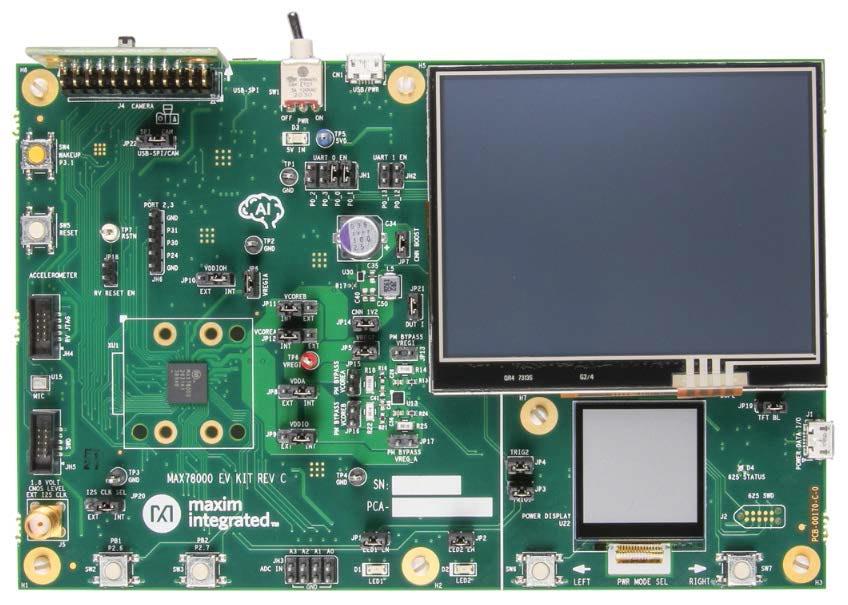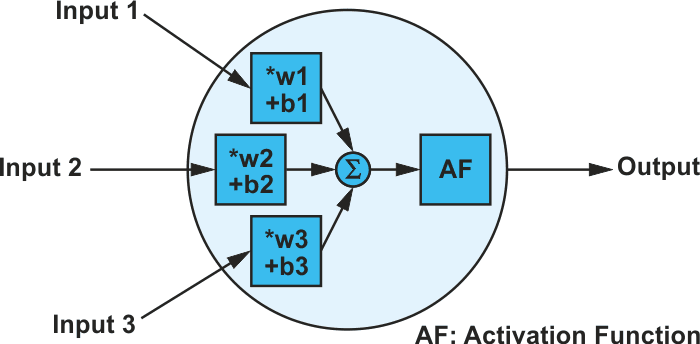New STM32H7R/S microcontrollers raise embedded-application performance to new levels for next-generation smart devices in factories, buildings, infrastructure, eHealth...
Articles and news - Microcontrollers - 5
Part 3 will explain the hardware conversion of a CNN and specifically the benefits of using an artificial intelligence microcontroller with a hardware-based CNN accelerator...
This is part 2 in a series of articles focusing on the properties and applications of convolutional neural networks, which are mainly used for pattern recognition and the classification of objects...
The world of artificial intelligence (AI) is rapidly evolving, and AI is increasingly enabling applications that were previously unattainable or very difficult to implement. This series of articles explains convolutional neural networks and their significance in machine learning within AI systems...
In battery-powered applications in which power management is key, a microprocessor may adjust its core voltage corresponding to an increase or a decrease in clock speed, allowing full processing power when necessary but not wasting excess power when idle...
Boost converters, like other switchers, have traditionally received their control signals from a dedicated circuit. However, a recent trend is to integrate simple switching-power-supply building blocks into generic devices, such as microcontrollers...
By decoding the commands sent by a direct-broadcast satellite receiver that uses the DISEqC protocol, you can troubleshoot the commands or simply listen in...
This design idea shows how easily “new flesh can be added to the old bones” and how some new functions can be added to the simple LED display that was published earlier...
Here are some simple tips for servo systems that may improve productivity and prevent costly downtime...
This handheld electric PCB drill speed controller is cheap, easy to build, and only uses a few components. Basically, it is an Arduino Uno based PWM controller that operates at a relatively high frequency...









